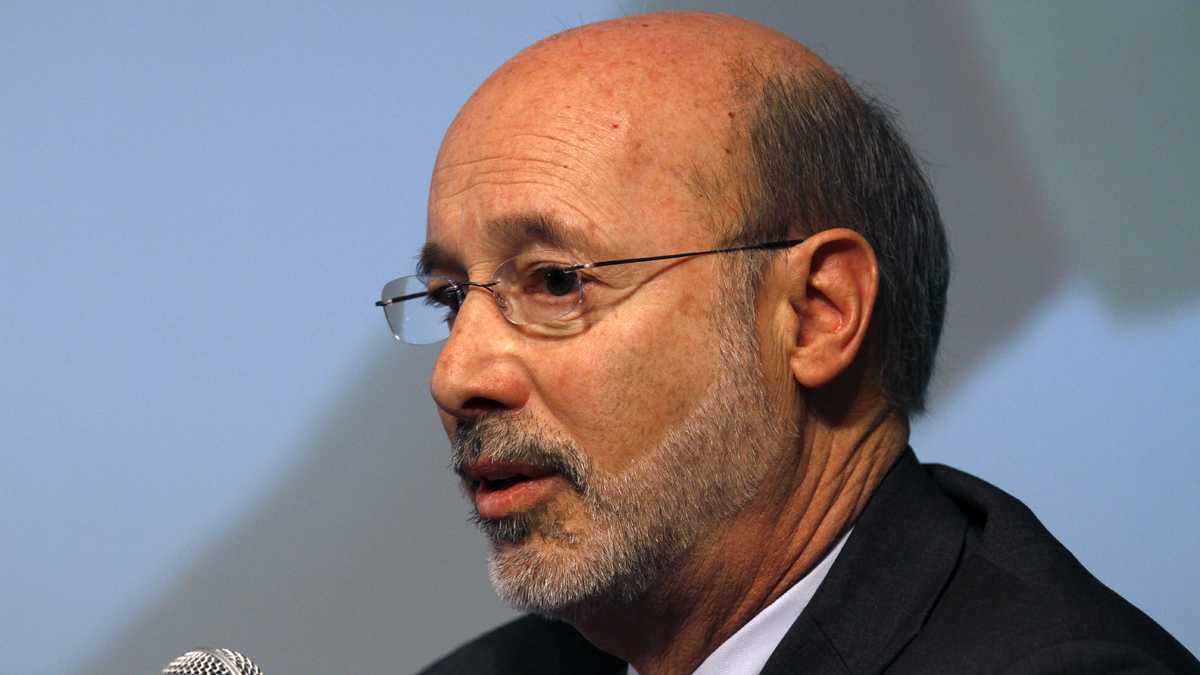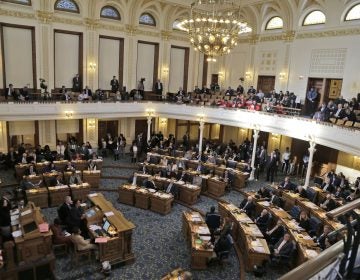Gov. Wolf’s minimum wage plans run into economic reality

(Jacqueline Larma/AP Photo, file)
Gov. Tom Wolf’s rose-colored minimum wage plans have run into green-eyeshade economic reality.
A new report by Pennsylvania’s Independent Fiscal Office finds Gov. Wolf’s proposed 66 percent minimum wage increase to $12 would cost the state nearly 54,000 jobs. The report concludes these lost jobs would be concentrated in food service and retail sectors that often operate on razor-thin profit margins and have less ability to absorb dramatic increases in labor costs.
The IFO’s findings are in line with a previous analysis of a $12 federal minimum wage proposed in 2015. Economists David Macpherson and William Even found that 40,000 jobs would be lost in Pennsylvania at this wage floor.
Both studies base their methodology on a 2014 report by the nonpartisan Congressional Budget Office that found 500,000 jobs would be lost nationally at a $10.10 minimum wage. (The IFO estimated that Pennsylvania would lose 31,000 jobs at $10.10.)
Gov. Wolf’s spokesperson responded to this sobering finding by claiming that the states surrounding Pennsylvania have raised their minimum wage, and “there is no evidence that those increases led to a loss of employment.” The Governor and his team should look a little closer.
Across state lines, New York passed a plan in 2016 to raise minimum wage over time. By 2021, all of New York City and Long Island will have a $15 minimum wage, and the rest of the state will follow year by year until they catch up.
Numerous businesses have been forced to close their doors, lay off their employees, and reduce hours because of New York’s minimum wage’s costs. Longstanding eateries like Bob & Ron’s Fish Fry in Albany, China Fun in Manhattan, and the Del Rio Diner in Brooklyn have closed because their profit margins couldn’t absorb the labor cost increases associated with the wage hike. “Very soon, all the Brooklyn diners will be gone [because of] the minimum wage,” said Del Rio Diner owner Larry Georgeton.
Betty’s Diner in Buffalo, Longway’s Diner in Watertown, and Peppermill Restaurant in Rochester have all cut hours because of the minimum wage. Others like Piggy Pat’s in New Hartford and Lagmitz Paper & Plastics in Brooklyn have been forced to lay off employees. (Many more stories can be found at Facesof15.com.)
In some cases, New York’s pain has been Pennsylvania’s gain. In New York’s Southern Tier that borders Pennsylvania, some small businesses are looking to move mere miles across the state lines where their starter wage labor costs are dramatically less. For instance, Jim McCanney moved his small business across state lines from Owego, New York, to Sayre, Pennsylvania, in 2016 because of the costs of New York’s minimum wage hike.
Pennsylvania should avoid following New York’s lead in putting up additional employment barriers in parts of the state that are already struggling economically. The youth unemployment rate in Schuylkill County is currently 38 percent. In Philadelphia it is 25 percent. And in Erie County it is 20 percent. It is already hard enough for some jobseekers to find work in many parts of the state without the dramatic wage mandate that Gov. Wolf is proposing.
This is Gov. Wolf’s third attempt to raise Pennsylvania’s minimum wage. As the IFO study shows, young and less-skilled employees in the state should hope the third time is not the charm.
—
Jordan Bruneau is a senior research analyst at the Employment Policies Institute, which receives support from businesses, foundations, and individuals.
WHYY is your source for fact-based, in-depth journalism and information. As a nonprofit organization, we rely on financial support from readers like you. Please give today.




